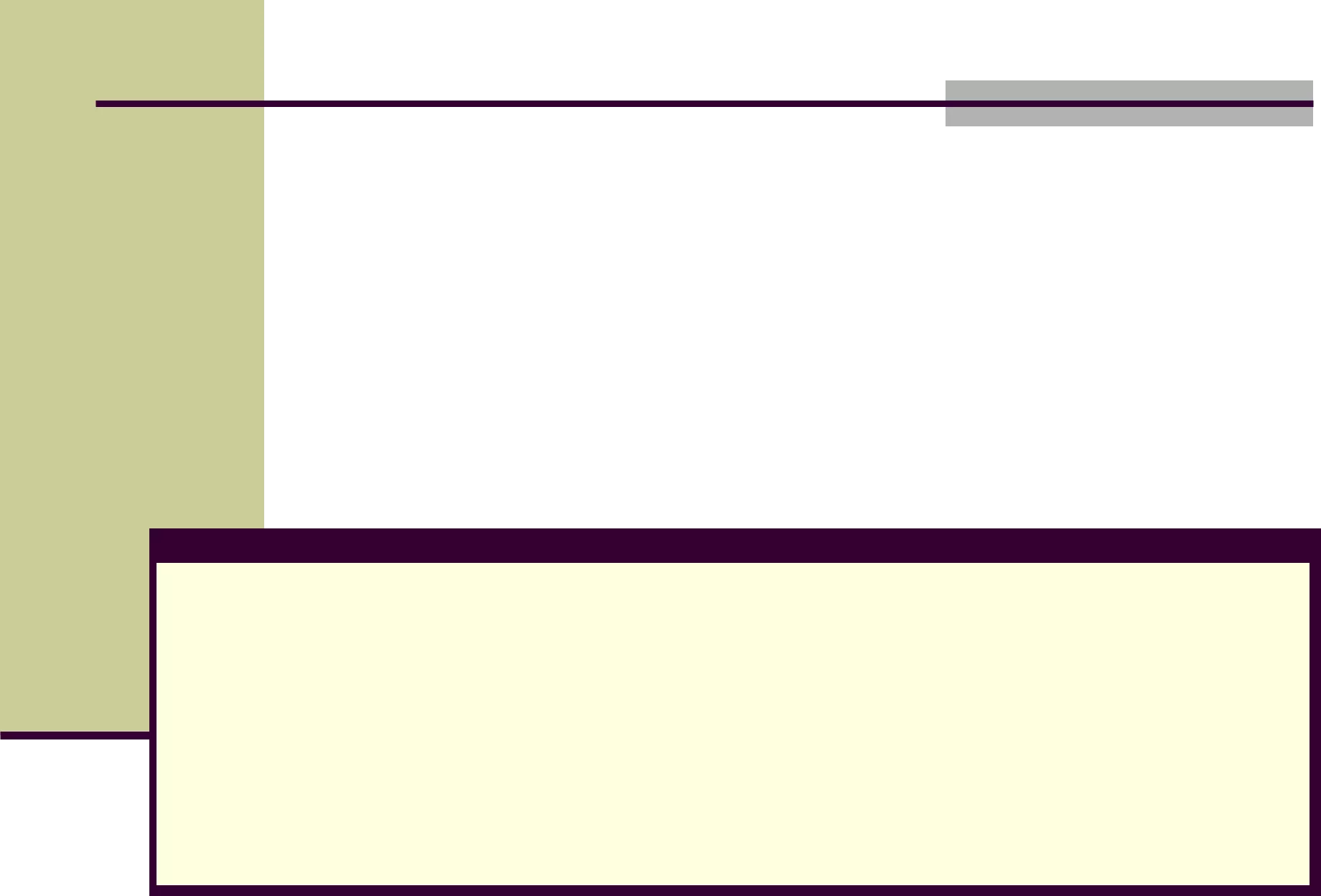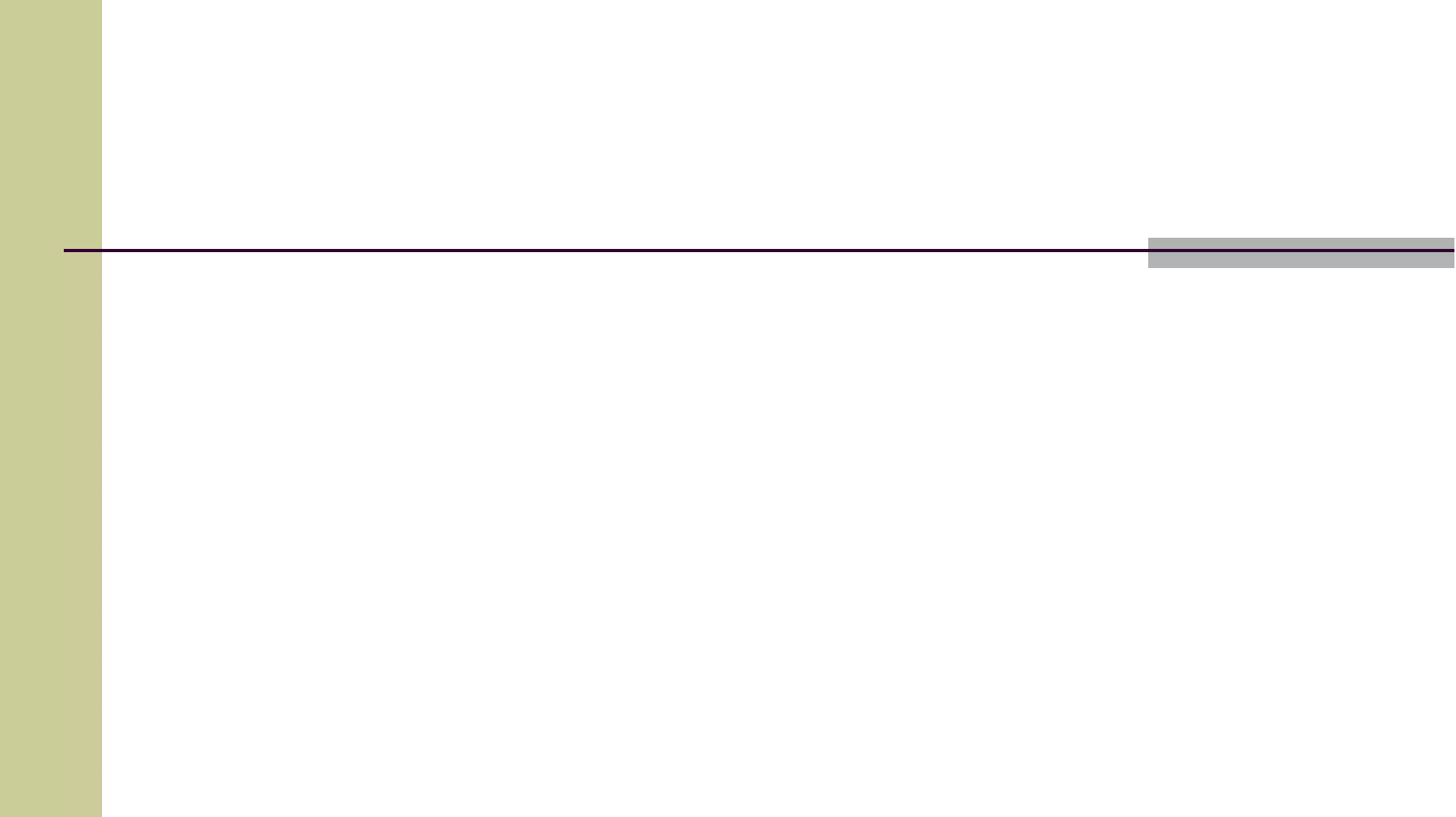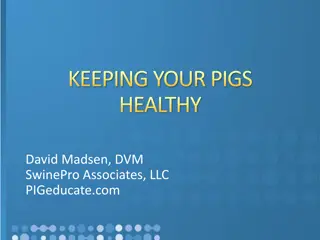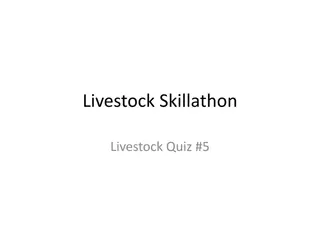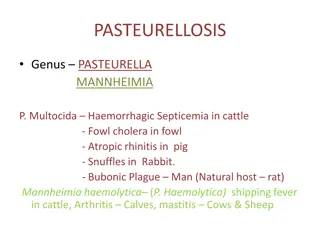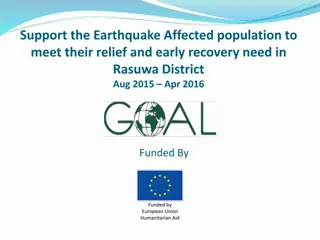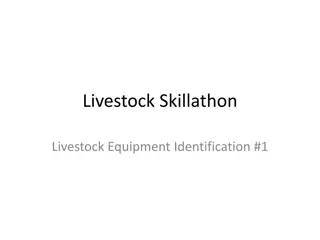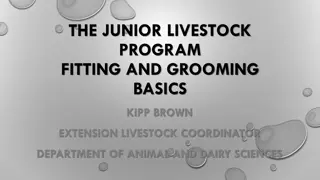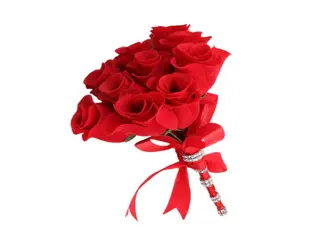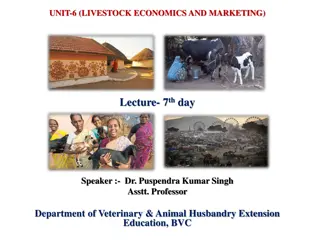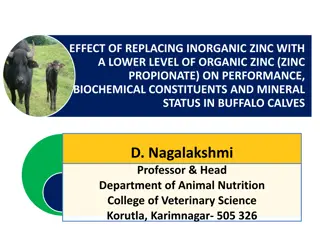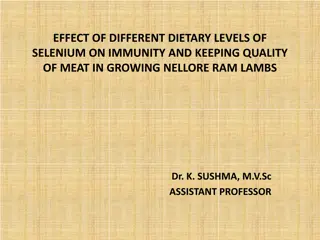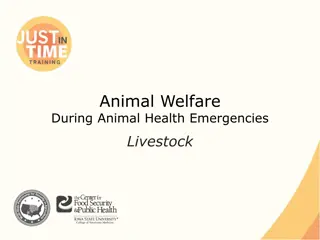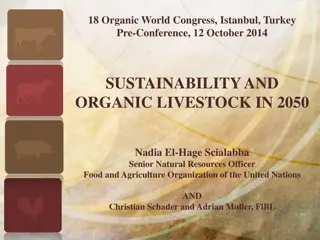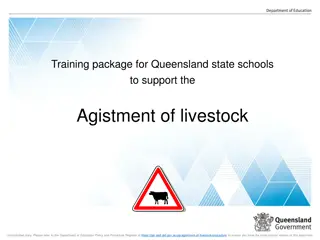Livestock Handling and Care Techniques for Calves, Lambs, and Pigs
Learn about dehorning, castrating, and docking procedures for livestock such as calves, lambs, and pigs. Understand the benefits of these techniques and various methods used for each process. Discover restraint methods, non-invasive and invasive procedures, and tools commonly employed in veterinary practice.
Download Presentation

Please find below an Image/Link to download the presentation.
The content on the website is provided AS IS for your information and personal use only. It may not be sold, licensed, or shared on other websites without obtaining consent from the author. Download presentation by click this link. If you encounter any issues during the download, it is possible that the publisher has removed the file from their server.
E N D
Presentation Transcript
Dehorning, Castrating and Docking 4-H Veterinary Science Extension Veterinary Medicine Texas AgriLife Extension Service College of Veterinary Medicine and Biomedical Science Texas A&M System http://aevm.tamu.edu
Objectives Describe dehorning techniques for calves Describe castrating techniques for calves, lambs and pigs Describe tail docking techniques for lambs Discuss benefits of dehorning, castrating and docking
Dehorning Dehorning The process of removing or preventing the growth of horns Benefits Improve appearance Reduce injuries Increase feeder space Improve value Two methods Non-invasive Invasive
Restraint Very important Remember safety Restrain head Nose Tongs Dehorning a Calf
Non-Invasive Bloodless Young animals Types Chemical paste Hot iron Electronic Horn Budder
Invasive Blood flow Older animals Involves cutting or scooping the horn off of the animals skull Types Barnes dehorner Scoop dehorner
Castrating Castration The process of removing the testicles from a male Benefits Prevents mating or fighting Improves carcass quality Gentles them Two methods Non-invasive Invasive
Restraint DSC_0081 Calves On side Older bull calves In chute Young lambs and kids On back Assistant s arms V-shaped table
Non-invasive Bloodless Tetanus antitoxin Crimps or constricts arteries testicles die Young calves or weanlings Types Burdizzo Elastrator Calicrate bander Short-scrotumed Chemical castration
Burdizzo Elastrator
Invasive Blood flow Sanitation is key Do not reach into the wound because it could cause infection Types Knife/scalpel Emasculator
Knife Scalpel Emasculator
Calf Castration Non-invasive Tetanus antitoxin Invasive Remove 1/3-1/2 scrotum with knife Extract testicles Sever spermatic cord Knife scrape Pull Emasculator
Swine Castration Invasive Make slits on scrotum and tunic Knife, scalpel Extract testicles Sever spermatic cord Knife scrape Pull Emasculator
Lamb and Kid Castration Non-invasive or invasive Tetanus antitoxin Same as calves
Docking Docking The practice of cutting the tail off an animal Benefits Improve appearance Increase hygiene (sheep) Reduce tail biting (pigs) Keep tails out of harnesses (draft horses) Two methods Non-invasive Invasive Varies among species
Restraint Young lambs and pigs On back Assistant s arms V-shaped table
Non-invasive Bloodless Types Elastrator Burdizzo
Invasive Blood flow Sanitation is important Types Knife Scalpel Shears Emasculator Hot, sharp iron
Swine Docking Cut tail 1 inch from base with a blade Don t cut into the base Invasive
Sheep Docking Cut two inches away from base Non-invasive Invasive Tetanus antitoxin
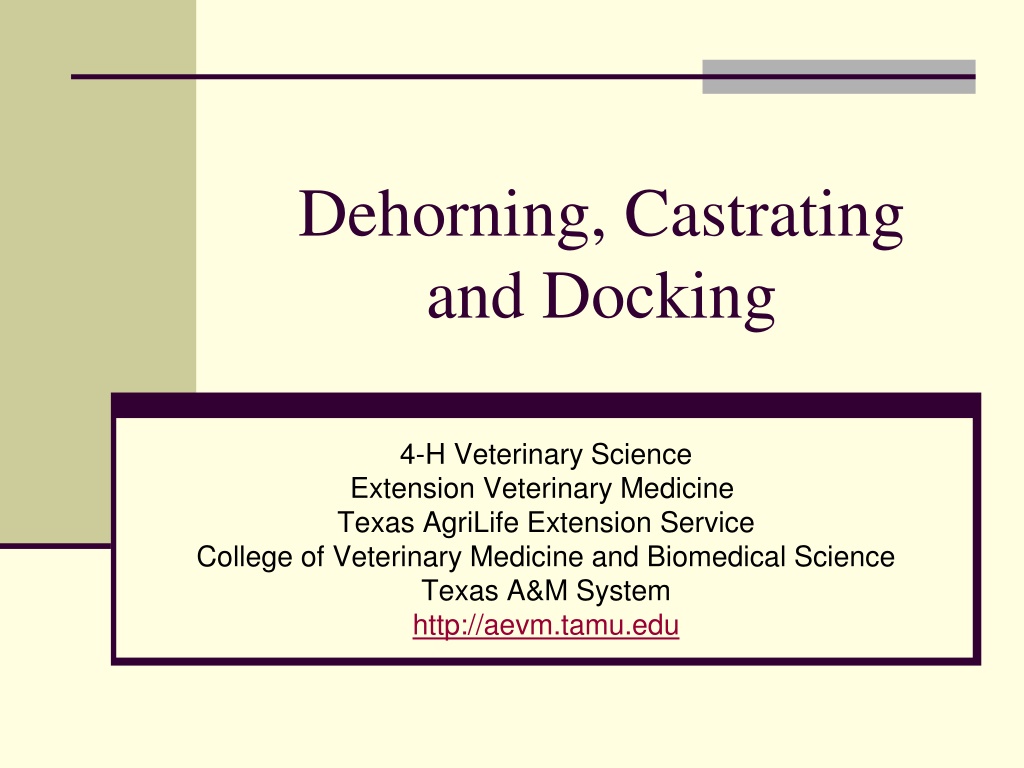
 undefined
undefined